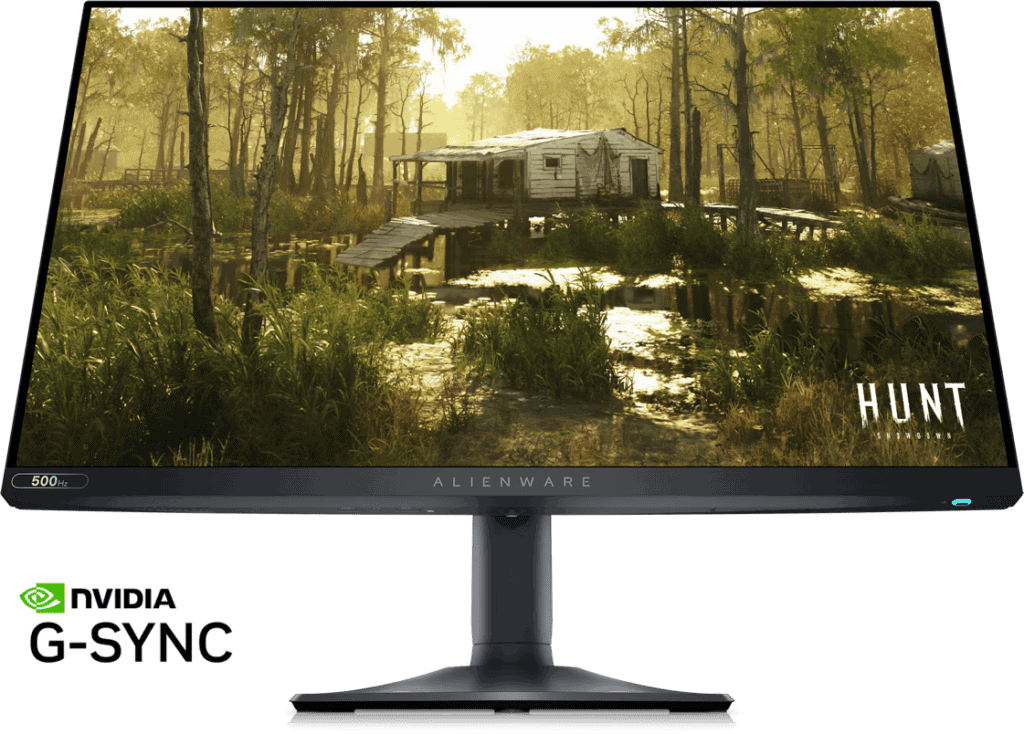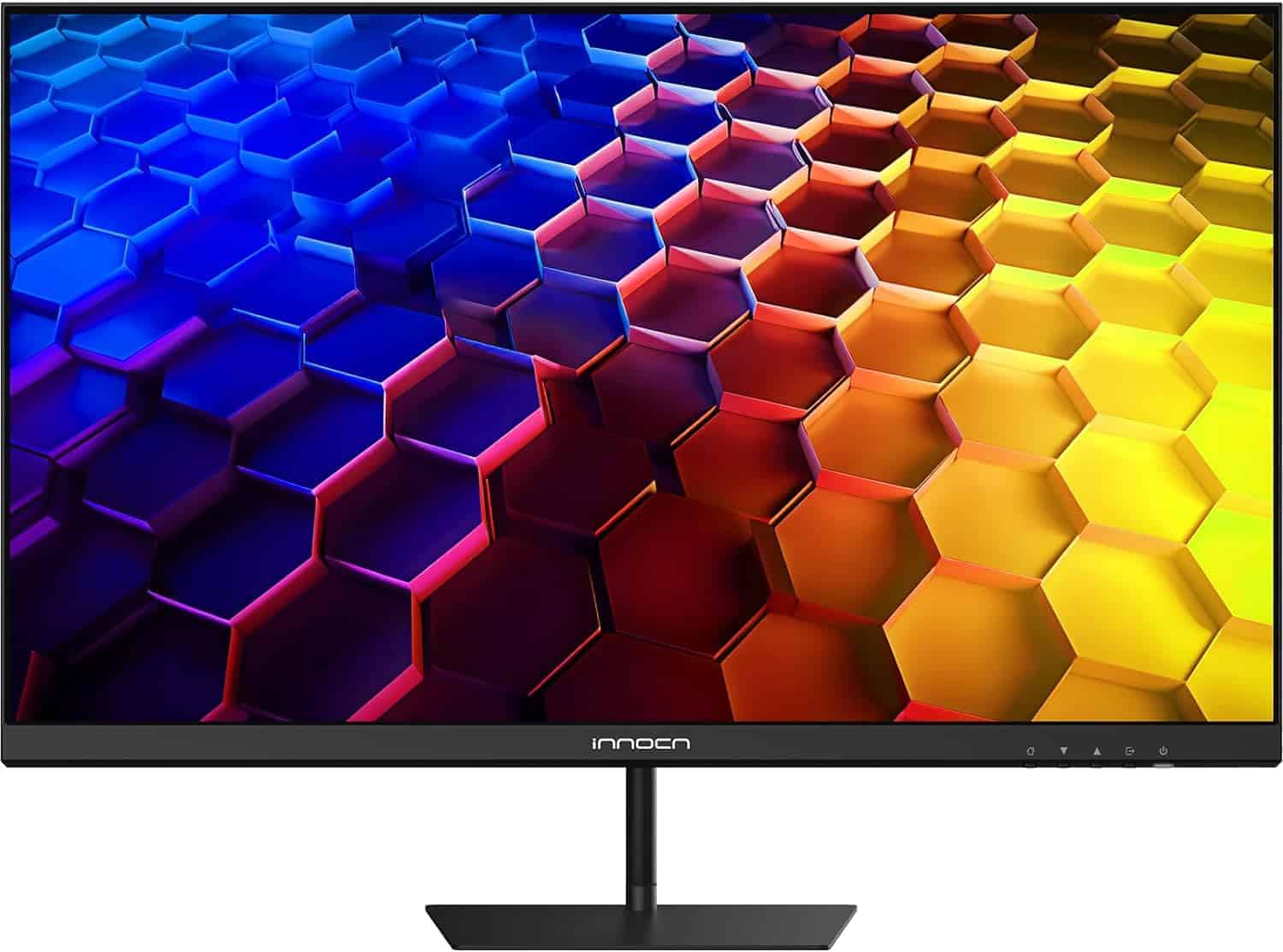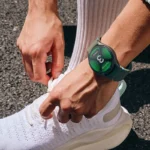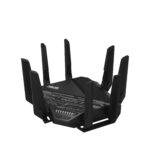Competitive gaming demands quick reflexes and sharp vision. The right monitor can give players an edge. In 2024, gaming monitors offer high refresh rates and low input lag. The best monitors for competitive gaming in 2024 have refresh rates of 240Hz or higher and response times of 1ms or less.
These fast monitors help players see and react to on-screen action faster. Popular choices include 1080p and 1440p models. Higher resolutions like 4K are less common for competitive play. Many pro gamers prefer 24-27 inch screens for the best mix of size and speed.
Top gaming monitor brands in 2024 include ASUS, BenQ, and Dell. Features like adaptive sync help reduce screen tearing. Some monitors also offer HDR for better contrast. Curved screens are an option but less vital for competitive play.
Competitive Gaming Monitor Showdown: 2024’s Top Picks
The Need for Speed
In the fast-paced world of esports, every millisecond counts. A high refresh rate monitor (measured in Hertz or Hz) determines how many times your screen updates per second. This means smoother visuals and less motion blur, giving you a competitive edge.
Beyond Refresh Rate
Response time (measured in milliseconds or ms) is the time it takes for a pixel to change color. A low response time ensures minimal ghosting or blurring, especially important in fast-paced games.
The Panel Puzzle
TN (Twisted Nematic) panels are known for their fast response times and high refresh rates, but often have narrower viewing angles and less accurate colors.
IPS (In-Plane Switching) panels offer better color accuracy and wider viewing angles, but may have slightly slower response times compared to TN panels.
Resolution and Size
1080p (Full HD) resolution remains popular for competitive gaming due to its lower hardware demands and the ability to achieve higher frame rates.
24-27 inches is the sweet spot for most esports players, offering a good balance between screen real estate and the ability to see everything at a glance.

Top Competitive Gaming Monitors in 2024
| Monitor | Panel Type | Resolution | Refresh Rate | Response Time | G-Sync/FreeSync | Price (Approx.) |
|---|---|---|---|---|---|---|
| Alienware AW2524H | Fast IPS | 1080p | 500 Hz | 0.5 ms | G-Sync | $800 |
| Samsung Odyssey Neo G8 | Mini-LED | 4K | 240 Hz | 1 ms | G-Sync/FreeSync Premium Pro | $1500 |
| LG UltraGear 27GR95QE-B | OLED | 4K | 240 Hz | 0.03 ms | G-Sync | $1000 |
| ASUS ROG Swift PG259QNR | Fast IPS | 1080p | 360 Hz | 1 ms | G-Sync | $600 |
| BenQ ZOWIE XL2566K | DyAc+ | 1080p | 360 Hz | 0.5 ms | DyAc+ | $500 |
Choosing Your Champion
The “best” monitor depends on your budget, preferred resolution, and how much importance you place on factors like color accuracy and G-Sync/FreeSync compatibility. The monitors listed above represent a variety of options to suit different needs and preferences.
Key Takeaways
- Fast refresh rates and low response times are crucial for competitive gaming
- 1080p and 1440p resolutions are most popular for esports
- Top brands offer monitors with features like adaptive sync and HDR
Evaluating Monitor Technologies for Competitive Gaming
Choosing the right monitor is key for competitive gaming. Different screen types offer unique benefits for fast-paced gameplay.
Panel Technology: IPS, TN, VA, OLED
IPS panels give great colors and wide viewing angles. They work well for most gamers. TN panels are the fastest but have worse colors. VA panels offer deep blacks but can be slow.
OLED is the newest tech. It has perfect blacks and fast speeds. QD-OLED mixes OLED with quantum dots for brighter colors. OLED screens don’t suffer from backlight bleed like LCDs.
Each type has pros and cons for competitive play. TN is still popular for its speed. But OLED is gaining ground as prices drop.

Resolution and Aspect Ratio Considerations
Higher resolutions look sharper but need more graphics power. 1080p is still common for competitive gaming. It runs smoothly on most PCs. 1440p offers a good mix of sharpness and speed.
4K gives the best image quality. But it’s hard to run at high frame rates. Most pros stick to 1080p or 1440p for now.
Aspect ratio affects view. 16:9 is standard. Wider ratios like 21:9 show more of the game world. This can help in some games. But not all games support ultrawide well.
Importance of Refresh Rates and Response Times
High refresh rates make games look smoother. 144Hz is now standard for competitive play. Some monitors go up to 360Hz or even 500Hz. Higher rates help track fast movement.
Low response times reduce blur. Look for 1ms or less. This cuts down on ghosting in fast scenes. G-Sync and FreeSync help prevent screen tearing.
Input lag is also crucial. Lower input lag means your actions show up faster on screen. This can give a real edge in twitch shooters and fighting games.
Selecting the Optimal Gaming Monitor
Choosing the right gaming monitor can boost your competitive edge. Key factors include compatibility with your graphics card and features that enhance gameplay.
Understanding Compatibility with Graphics Cards
Your graphics card plays a big role in picking a monitor. NVIDIA and AMD cards work best with certain monitor types. G-Sync pairs with NVIDIA GPUs, while FreeSync matches AMD cards. These technologies reduce screen tearing and stuttering.
Check your GPU’s max output resolution and refresh rate. A 4K monitor needs a powerful card to run games smoothly. For high frame rates at 1080p or 1440p, mid-range GPUs often suffice. Match your monitor’s specs to your card’s capabilities for the best results.
Features for Enhanced Gaming Experience
Several monitor features can improve your gaming. High refresh rates (144Hz or more) make motion look smoother. Low input lag helps your actions appear on screen faster.
Look for:
- Adaptive sync (G-Sync/FreeSync)
- 1ms response time
- HDR for better contrast
- Wide color gamut (DCI-P3)
Screen size matters too. 24-27 inches work well for most setups. Curved screens can add immersion for some players. Consider your desk space and viewing distance when choosing size.
IPS panels offer good color and viewing angles. VA panels have deep blacks but slower response times. TN panels are fast but have weaker colors and viewing angles.
Frequently Asked Questions
Competitive gaming monitors in 2024 focus on speed, responsiveness, and clarity. These factors help players react quickly and aim accurately during fast-paced gameplay.
What features define the best gaming monitors for competitive play in 2024?
Top competitive gaming monitors have high refresh rates of 240Hz or more. They also have low input lag and fast response times. Many use IPS or TN panels for better color and viewing angles. Some include adaptive sync tech like G-Sync or FreeSync to reduce screen tearing.
How does monitor refresh rate impact competitive gaming performance?
Higher refresh rates make gameplay smoother. This helps players track moving targets more easily. It also reduces motion blur. Most pro gamers use monitors with at least 240Hz refresh rates. Some even opt for 360Hz or 500Hz displays for the fastest possible visuals.
What type of panel technology is recommended for competitive gaming monitors?
IPS and TN panels are popular for competitive gaming. TN panels offer the fastest response times. IPS panels provide better colors and viewing angles while still being quick. VA panels are less common due to slower response times, despite good contrast.
Which gaming monitors are currently preferred by professional eSports players?
Many pros use 24-25 inch 1080p monitors with high refresh rates. Popular models include the BenQ ZOWIE XL2546K and ASUS ROG Swift 360Hz PG259QN. Some players are switching to 27 inch 1440p displays as they become faster.
What are the benefits of a 1440p resolution monitor for competitive gaming?
1440p offers a good balance of clarity and performance. It provides more detail than 1080p without the high GPU demands of 4K. This extra sharpness can help spot enemies at a distance. It also allows for larger screens without losing pixel density.
How do I balance budget and performance when selecting a monitor for competitive gaming?
Look for monitors with at least 144Hz refresh rate and 1ms response time. These specs offer good performance at lower prices. TN panels are often cheaper than IPS. Consider last year’s models for discounts on high-end features. Stick to 1080p if budget is tight, as 1440p and 4K cost more.







